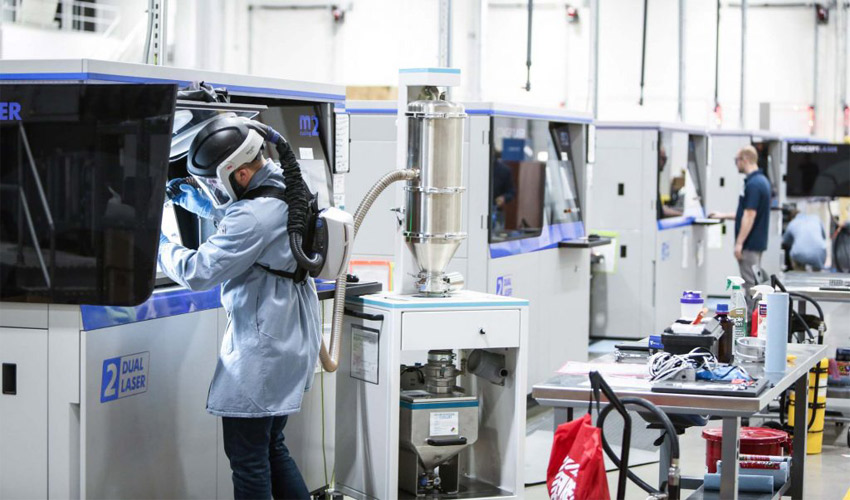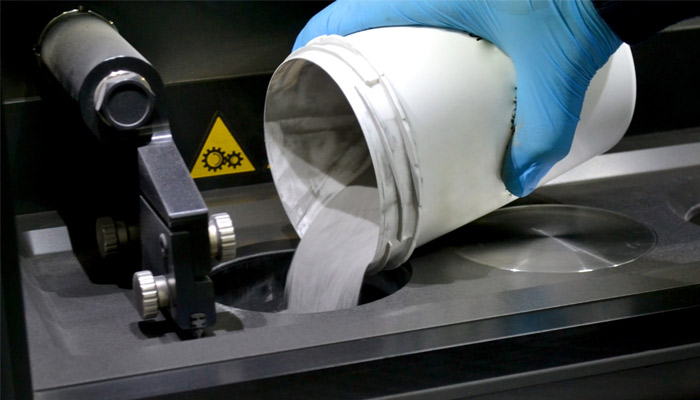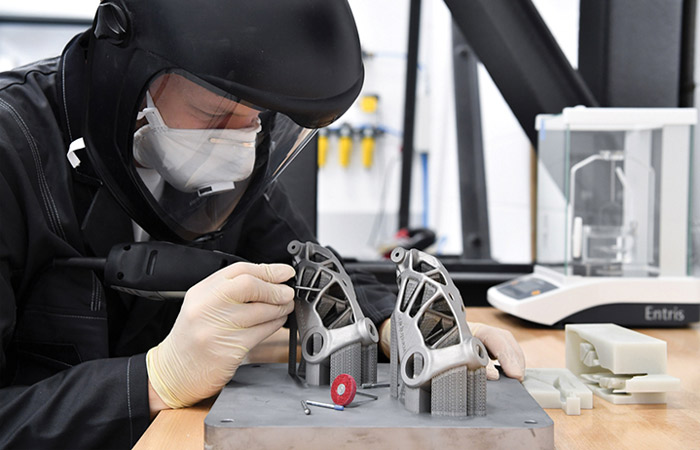What are the risks associated with FDM and metal 3D printing?

In the United States, the National Institute for Occupational Safety and Health (NIOSH) has just published several guidelines concerning FDM and metal additive manufacturing, the objective being to protect users who handle these technologies. For example, it lists all the potential hazards associated with both processes, such as the release of volatile organic compounds (VOCs) or the handling of high-temperature surfaces. The recommendations also list the possible protective equipment to be worn during preparation and completion – masks, gloves, gowns, etc. Essentially, these are practical tips to be put in place to reduce the dangers associated with additive manufacturing.
NIOSH is an American organization whose objective is to publish various advice and recommendations to avoid any occupational accidents and diseases. Since additive manufacturing is used in companies and factories, small or large, employees and users of the technology must protect themselves, regardless of the machine used. The INRS had already published a report on the dangers of using metal powders in 3D printing. With these new guidelines, the American organization also focuses on the risks associated with FDM, in addition to metal powder bed processes. It focuses on 5 points in particular: characterisation of potential hazards, handling around the machine, technical controls, administrative controls and finally personal protective equipment.

Handling 3D printing materials can sometimes be risky.
Tips and precautions for FDM 3D printing
As you already know, the extrusion process releases VOCs, some of which can be toxic to our health. Most machines today incorporate powerful filtration solutions, but NIOSH recommends that you keep the printer far from other work activities and reduce the amount of time spent near it. It encourages the use of PLA rather than ABS, but also encourages the use of composite materials.
On the user side, handling the build plate, extruder, nozzle, etc. necessarily increases the risk of exposure: the American company recommends limiting the number of people who can perform these actions to a minimum. Clear instructions should be posted in the company – for example, do not eat or drink around the machine. Finally, some personal protective equipment should be used when handling the machine.
Tips and precautions when using metal powder
As you probably know, handling metal powders can be a health risk, so it is necessary to protect yourself. Lasers are also a potential hazard (temperature management, laser radiation, wavelength, etc.), as are explosions and fire hazards. It is therefore important to keep the machine as far away as possible from other activities, to have an appropriate filtration solution and a fire extinguishing system.

Personal protective equipment | Credits: voestalpine
When handling powders, loading and sieving must always take place in a closed environment, as well as post-processing steps, as the free powder is very fine and easy to spread. NIOSH recommends that sticky mats be placed around the entire work area to prevent accidental powder spillage from moving in any direction. As with FDM/FFF processes, it is important to limit the use of the machine to only a few people who are familiar with the rules around the printer.
NIOSH provides more advice, which we invite you to find it on its site HERE. This will allow you to check your practices, your equipment and see if you have reduced potential hazards to a minimum! Did you know about the hazards associated with 3D printing? Let us know in a comment down below or on our Facebook and Twitter pages! Don’t forget to sign up for our free weekly Newsletter, with all the latest news in 3D printing delivered straight to your inbox
*Cover Image Credits: GE Additive






